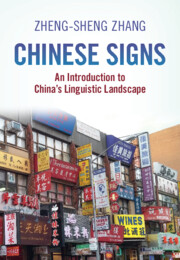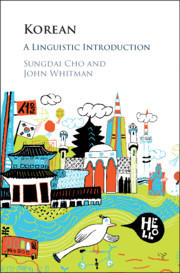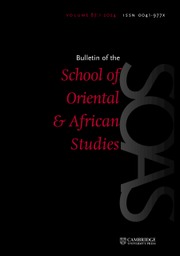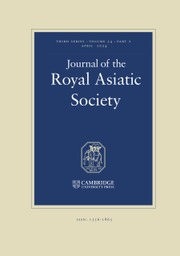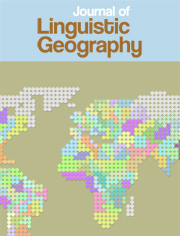Chinese Signs
Highlighting stylistic and rhetorical characteristics, this fully illustrated book explores the written form of Mandarin Chinese in a range of everyday settings. Taking examples from Chinese public writing across a variety of textual genres, such as signs, banners and advertisements, it prepares students for navigating 'real world' Chinese, not only in terms of its linguistic and stylistic characteristics, but also its social and cultural context. Drawing over 500 pictorial examples from the linguistic landscape, it explores the signs from a variety of perspectives, for example by highlighting elements of classical Chinese that are still used in the modern language, showing the most popular rhetorical patterns used in Chinese, and presenting the interactions between both Standard Mandarin and dialect, and Chinese and other languages. Detailed annotations are provided for all signs, in both Chinese and English, to accommodate readers of all proficiency levels in Chinese.
- Fully illustrated throughout with over 500 different examples of signs, providing a full snapshot of the Chinese linguistic landscape
- Includes in-depth annotations of each sign, in both English and Chinese, making it suitable for students with a range of proficiency levels in Chinese
- Explores the signs in-depth, covering their linguistic, rhetorical, and cultural significance
Product details
February 2024Adobe eBook Reader
9781108983259
0 pages
This ISBN is for an eBook version which is distributed on our behalf by a third party.
Table of Contents
- Part I. General Characteristics:
- 1. Why signs?
- 2. Stylistic traits
- 3. Rhetorical devices
- 4. Non-uniform format
- Part II. Essential Signs
- 5. Airport and arrival
- 6. Hotels
- 7. Basic services
- 8. Getting your bearings
- 9. Getting around
- 10. Eating
- 11. Shopping
- 12. Schools and offices
- 13. Culture and entertainment
- 14. Alerts
- 15. Health
- Part IV. Other Signs
- 16. Advertising
- 17. Civic signs
- 18. Dialetical elements
- 19. The Chinese diaspora
- 20. Foreign infusion
- 21. Mistranslation.

